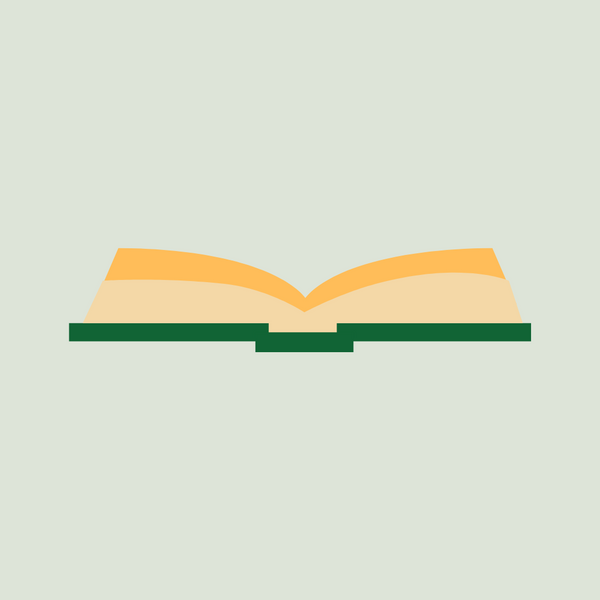Professors, Polymaths and Progress: Learning from Thomas Young@250
by Andrew Robinson
Charles Darwin, though best known as a biologist, was a polymath. He contributed to zoology, botany, geology, palaeontology and philosophy, not to mention literature. Had he been required to do a PhD in the biology of barnacles, and then joined a university life sciences department—rather than circumnavigating the planet on HMS Beagle in 1831–1836—it is difficult to imagine his having the varied experiences and exposure to different disciplines that led to his discovery of natural selection and the publication of On the Origin of Species in 1859.
They were other remarkable 19th-century polymaths. For example, Hermann Helmholtz was active in physics, medicine, anatomy, the perception of art and the theory of music. Karl Marx was reputed for his work in philosophy, history, economics, sociology and politics. Florence Nightingale, renowned as the founder of modern nursing, was an important social reformer and statistician. John Ruskin, celebrated for his art criticism, was active in geology, history, economics and philosophy. William Whewell—who coined the terms ‘scientist’, ‘physicist’ and ‘linguistics’—was a scientist, priest, philosopher, theologian and historian of science.
In the 20th century, there were perhaps fewer famous polymaths, but polymathy certainly remained significant. Linus Pauling contributed not only to physical chemistry and mathematical physics but also to biology, medicine and international peace—which won him two Nobel prizes. Erwin Schrödinger was primarily known for his work in physics, but is remembered, too, in experimental psychology, biology and philosophy. Alan Turing, pioneer in the development of computing, was also a mathematician, philosopher, cryptanalyst, engineer and biologist. Alfred Wegener, best known today for his concept of continental drift, was a climatologist, geologist, geophysicist, meteorologist and polar researcher.
But perhaps the most remarkable polymath in the five centuries since Leonardo da Vinci was Thomas Young (1773-1829), whose 250th birth anniversary falls in June 2023. The blue heritage plaque on Young’s London house labels him simply “Man of Science”. It lacks space to mention that he made significant contributions as a physician, physiologist, physicist, philologist, Egyptologist and writer.
Formally trained as a physician in the 1790s, Young’s physiological investigations of the structure of the eye led him to explain its method of focusing on objects at varying distances; its astigmatism; and its perception of colours with three types of photoreceptor—a theory of colour vision not fully confirmed until the 1950s.
As a physicist, Young’s double-slit experiment with interfering beams of light published in 1807 proved the undulatory (wave) theory of light, in opposition to Isaac Newton’s corpuscular (particle) theory. It subsequently proved crucial in quantum theory too. Hailed by Albert Einstein in 1931, the experiment was described by Richard Feynman in the 1960s as “the heart of quantum mechanics”, its “only mystery”. In addition, elasticity—the ratio between stress and strain in materials—was formulated as Young’s modulus in 1807: another key discovery familiar to all physicists and engineers.
As a philologist, Young—a remarkable linguist from childhood—compared the vocabulary and grammar of some 400 languages and coined the term ‘Indo-European’ in 1813.
As an Egyptologist, he made a pioneering attempt to decipher the Rosetta Stone’s two ancient Egyptian scripts: hieroglyphic and demotic. In 1819, he proposed a phonetic basis for the hieroglyphic cartouches writing names, such as Alexander, Cleopatra and Ptolemy, in an Encyclopaedia Britannica article on Egypt, which enabled him to identify hieroglyphic vowels, consonants and syllables. In the late 1820s, he went much further than this and essentially deciphered demotic.
As a writer, his numerous articles and books on all the preceding subjects, plus many others, included more contributions to the Encyclopaedia Britannica than written by any other contributor in its history. The encyclopedia’s preface thanked Young as a man “to whose profound and accurate knowledge, rare erudition, and other various attainments, this work is largely indebted in almost every department which it embraces.”
Polymathy played a contrasting role in two of the above discoveries—both creative and disruptive. Thus, in the double-slit experiment, the discovery did not come from any formal training in physics. Instead, it emerged gradually from Young’s fascination with the structure of the eye developed during his training as a physician. In other words, physiology provoked Young’s fascination with the physics of light. By contrast, in hieroglyphic decipherment, polymathy distracted his attention to other, non-Egyptian, subjects and prevented him from publishing a full decipherment. Soon after 1819, Jean-François Champollion—the world’s first professional Egyptologist, who espoused none of Young’s polymathy—drew upon his 1819 proposal to correct his own misinterpretation and subsequently announced a full decipherment in the early 1820s.
For Young, polymathy was therefore a mixed blessing, as he himself well knew. Not long before his death, he concluded: “It is probably best for mankind that the researches of some investigators should be conceived within a narrow compass, while others pass more rapidly through a more extensive sphere of research.”
I think this observation remains true in a 21st-century world dominated by specialism—epitomized by the vast majority of Nobel prizes. The intellectual and creative worlds will always require plenty of specializing professors like Newton, Einstein and Champollion; but they will always benefit from having at least a few disturbing polymaths like Young. In the 2023 words of an Imperial College physicist, Michael Finnis, who co-founded the Thomas Young Centre in London in 2007, to promote research in materials science by specialists from numerous diverse fields: “Thomas Young seems to represent the epitome of interdisciplinary thinking.”
This is an Open Access title available to read and download for free or to purchase in all available print and ebook formats below.





